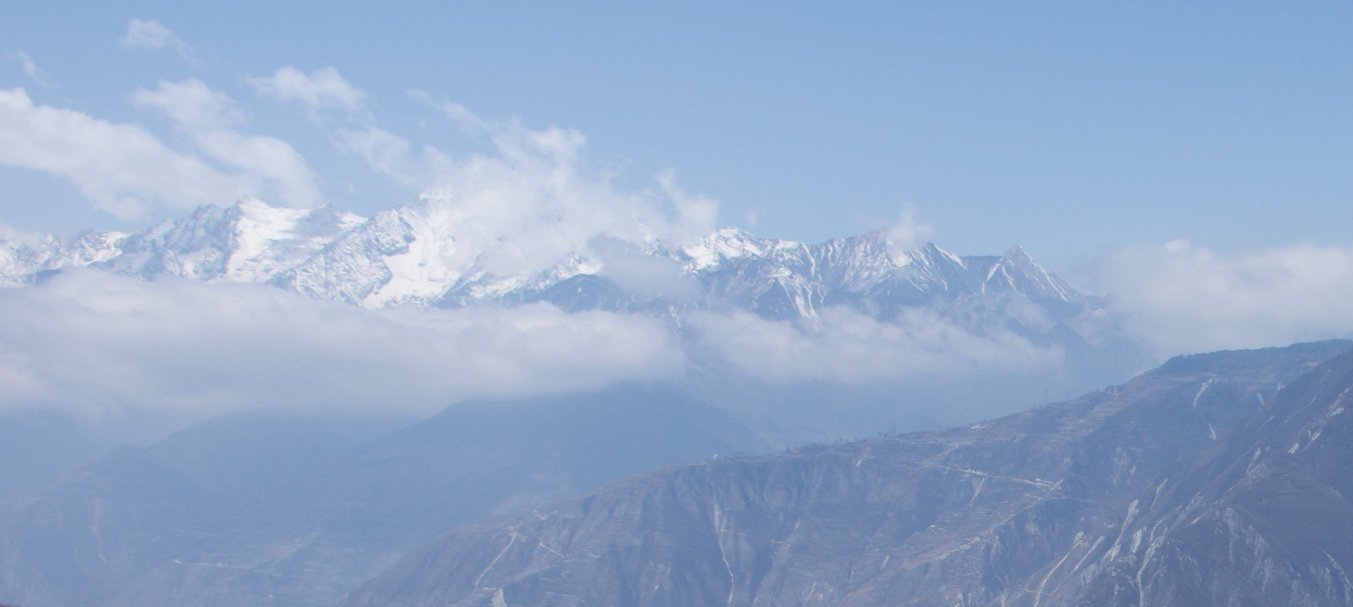
David Crockett Graham at the 17,500ft snow line near Tatsienlu, Tibet, 1923.
David Crockett Graham
David Crockett Graham was a missionary and scientist in Sichuan Province China from 1911 to 1948. He was a follower of the Social Gospel and went to China to help the people. He believed in the equality of all people and worked to provide educational opportunities for minorities and women. He continued this work throughout his life, supporting the civil rights movement in the U.S. in the 1950s and collaborating with black ministers.
While D.C.Graham went to China as a missionary, he also gained professional training and education in natural history, anthropology, and archaeology. At West China Union University he became curator of the Museum of Anthropology and Archaeology and Associate Professor of Anthropology and Archaeology. He is well known in West China for being the first archaeologist to excavate the site now known as Sanxingdui, the most famous archaeological site in West China. He is also known for his anthropological work among the minorities, in particular the Ch’uan Miao (Hmong), the Ch’iang, and the Lolos.
In the U.S. Graham is known for his natural history collections in the Smithsonian. He sent nearly 400,000 specimens to the Smithsonian, and these are still being studied. For example, a publication in 2005 identified 4 new species of Serica (a beetle) with one named after Graham – Serica grahami. Based on a search in 2014, the Smithsonian database shows at least 348 holotype specimens (new species or genera) of which 60 species and 1 genus were named after Graham.
Hartmut Walravens, in his 2006 book, “David Crockett Graham (1884–1961) as Zoological Collector and Anthropologist in China,” listed 178 publications by David Crockett Graham, including 4 books published by the Smithsonian Institution. Many of his papers were published in journals in China and are very difficult to find now.
There are three public archives that contain significant collections on David Crockett Graham. The Whitman College and Northwest Archives (Whitman is his alma mater) has 31.5 linear feet of materials contributed over time by Graham and later by his daughters. The Smithsonian Institution has correspondence and diaries, maps, and pictures of Graham’s collecting trips in China as well as the collections themselves and anthropological and ethnological items. And the Sichuan University Museum, the successor of the West China Union University Museum, has a large collection of correspondence, documents, and photographs from Graham’s time there and now has a David Crockett Graham Library as part of the museum as well as extensive exhibits originally catalogued and displayed by Graham. There are also a number of other institutions with holdings related to Graham, including the Field Museum in Chicago, the American Museum of Natural History in New York, the C.V. Starr East Asian Library in Berkeley, and others.
For more about David Crockett Graham see Resources and Publications.
